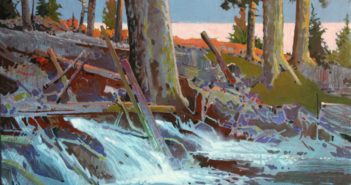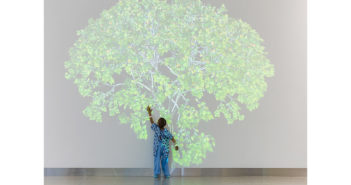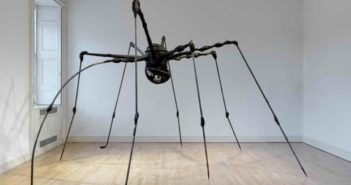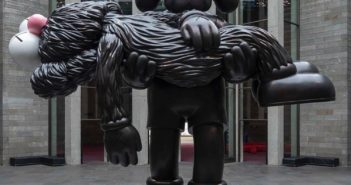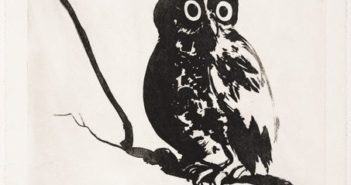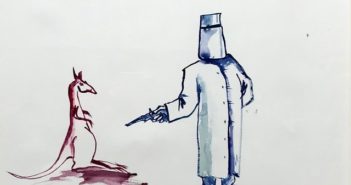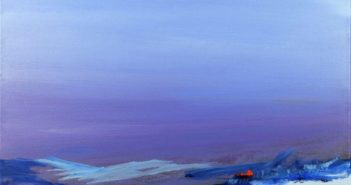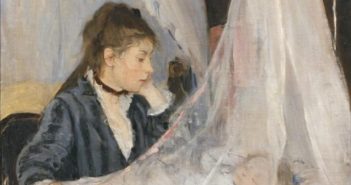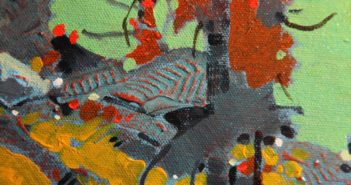
Cultivating ‘notions’
On Saturdays, my mom used to take me along when she went shopping in the big department store. Inevitably we rode the elevator to “Notions” on the third floor. “What are notions?” I asked one day on the way up. “They’re things you didn’t know you needed, but when you see them you have a notion to get them,” she told me. Mom seemed to wander around in a mental daze, picking up things like needles, buttons and cuticle remover. She once bought a red pincushion “so grandma can have a place to organize her pins.”


